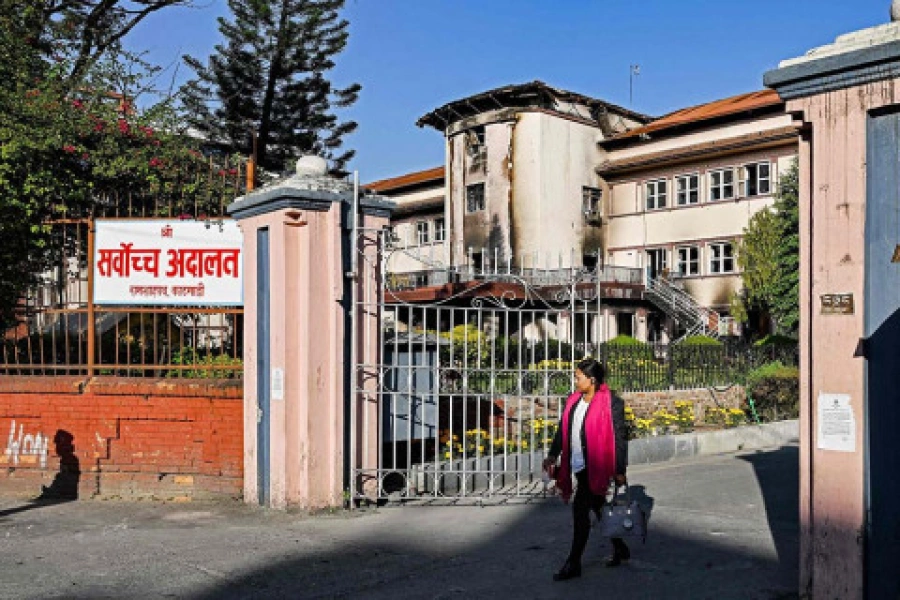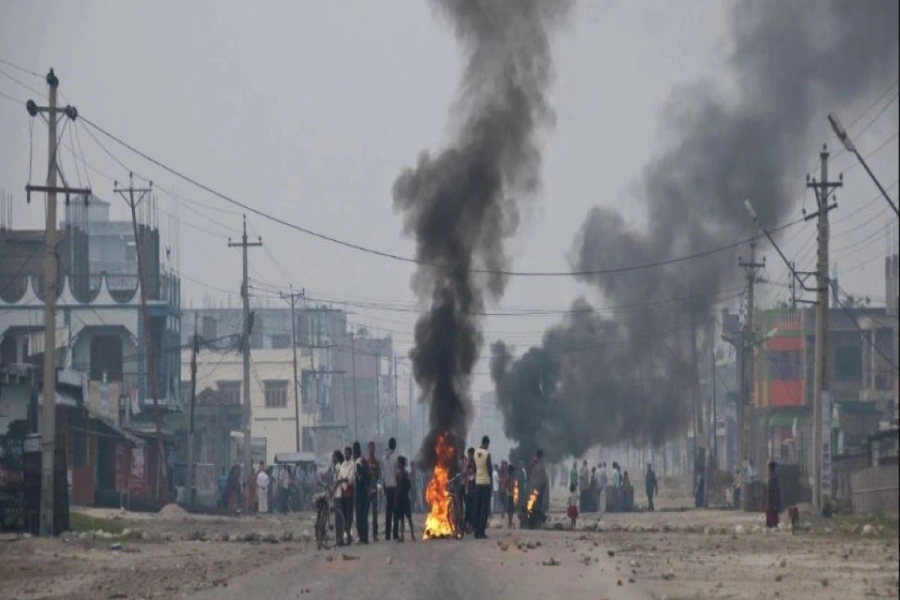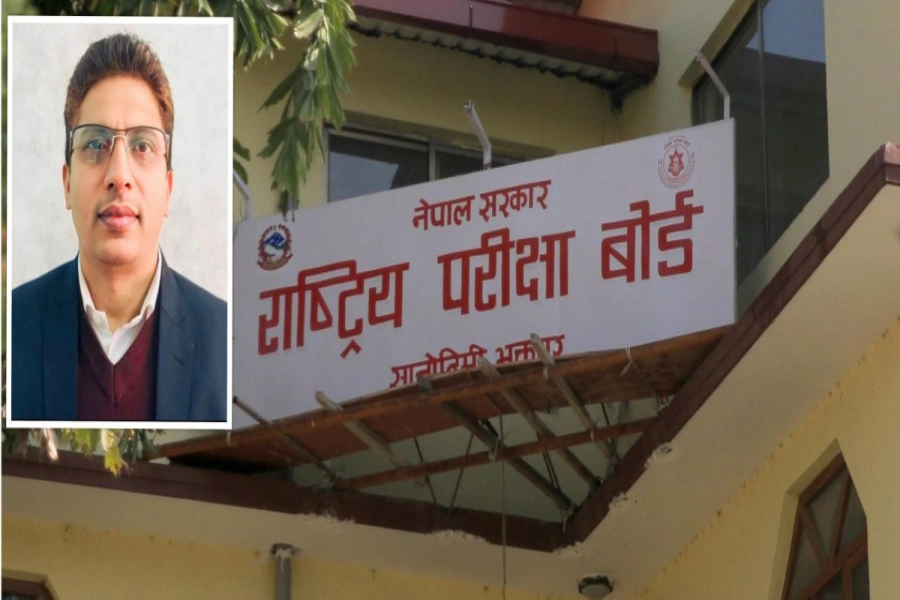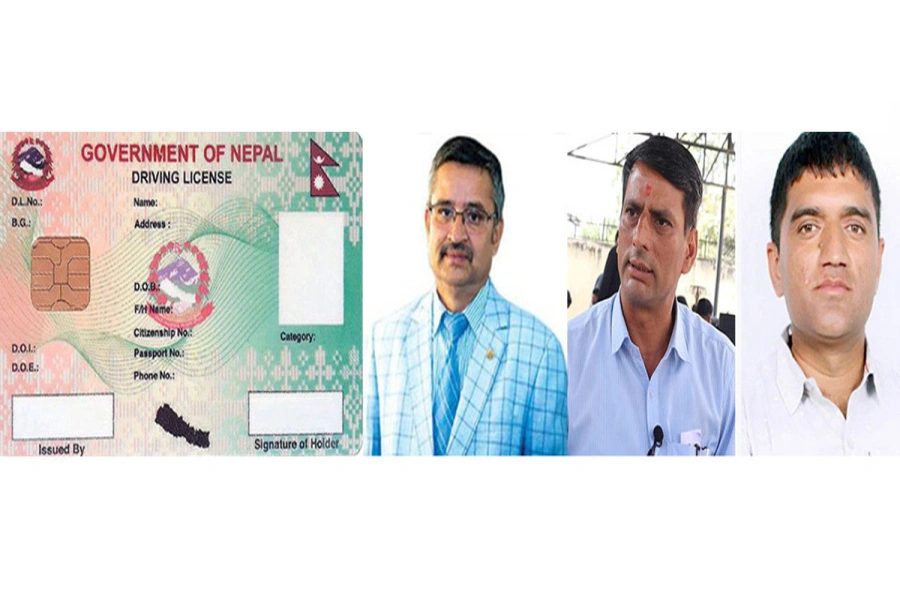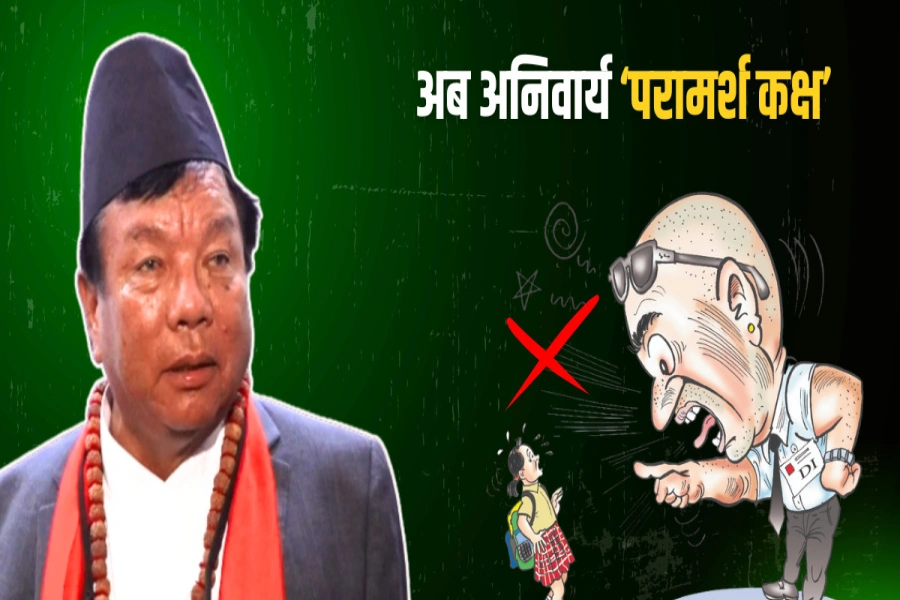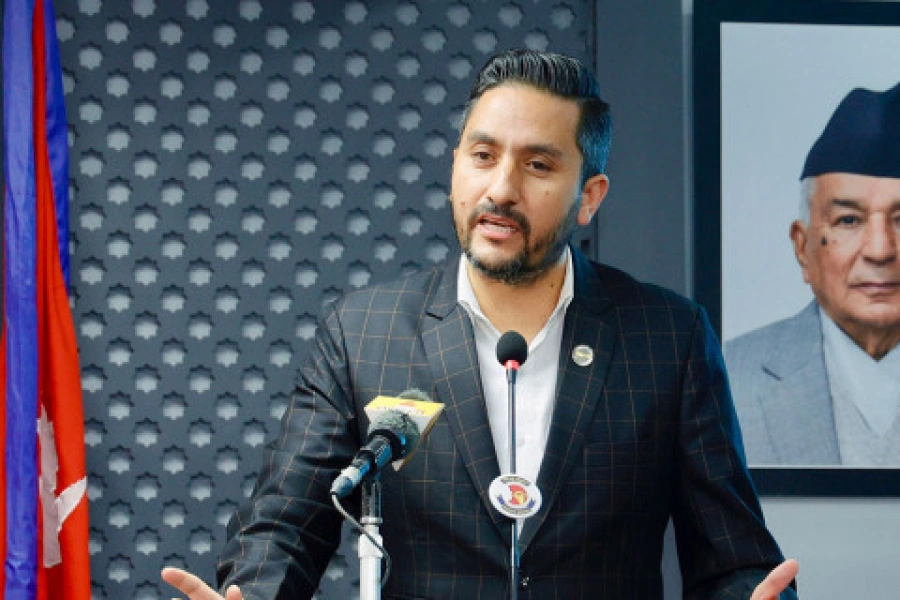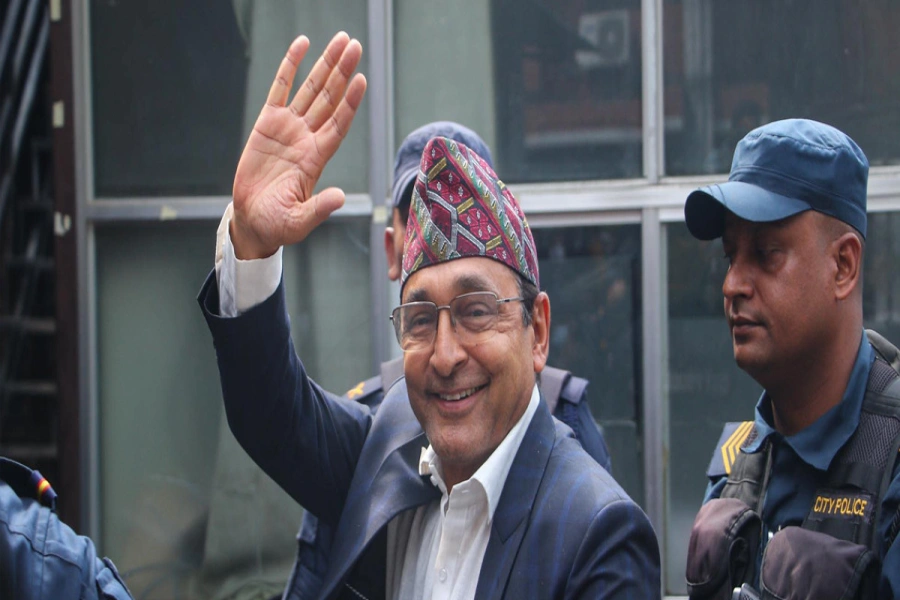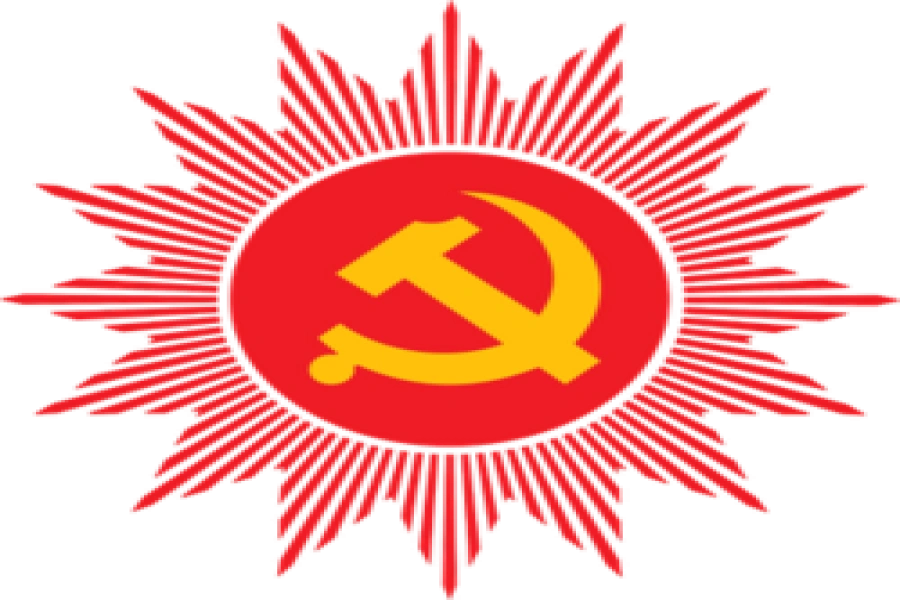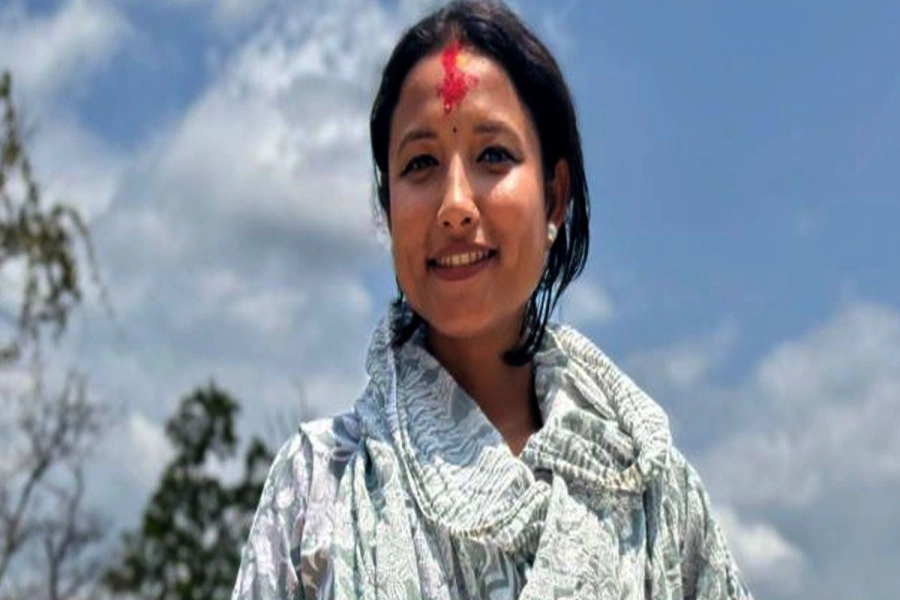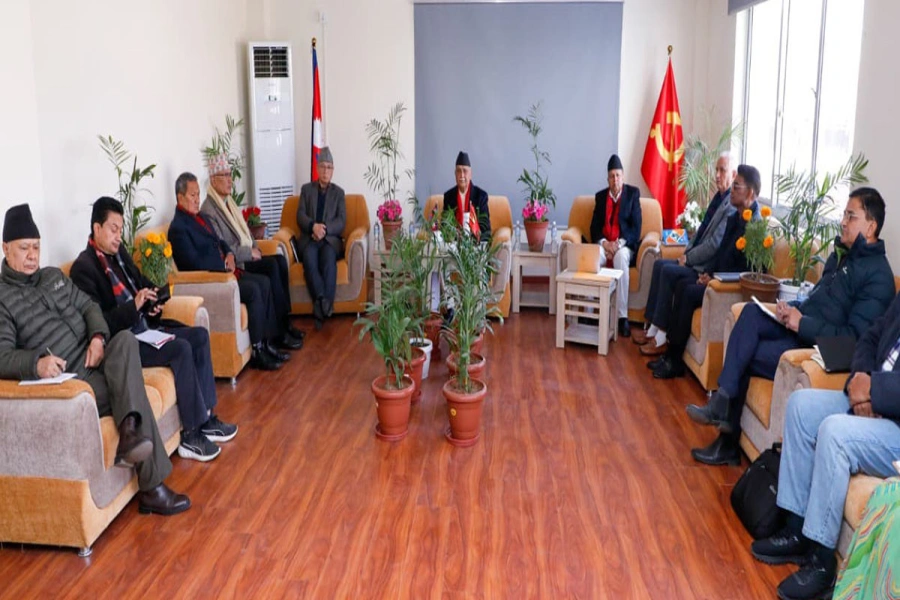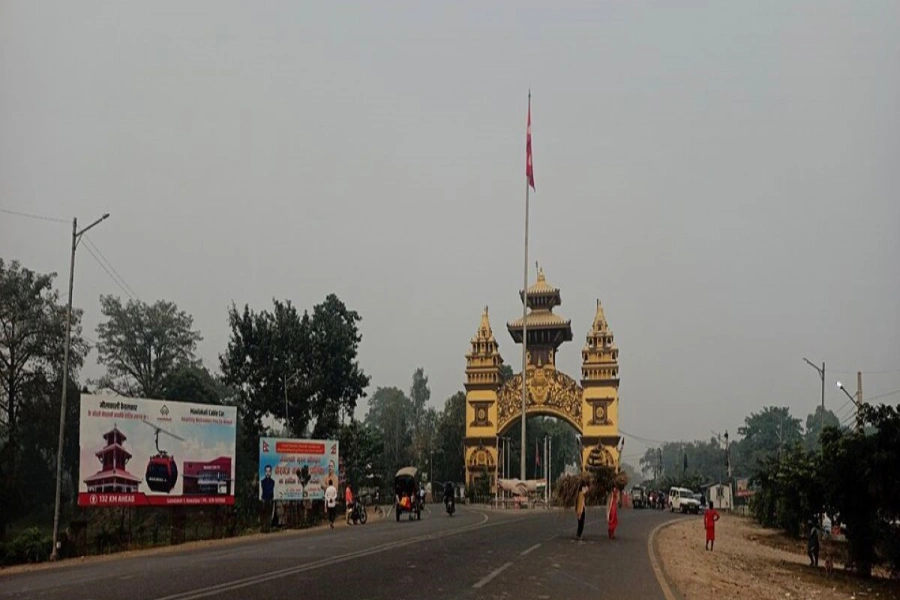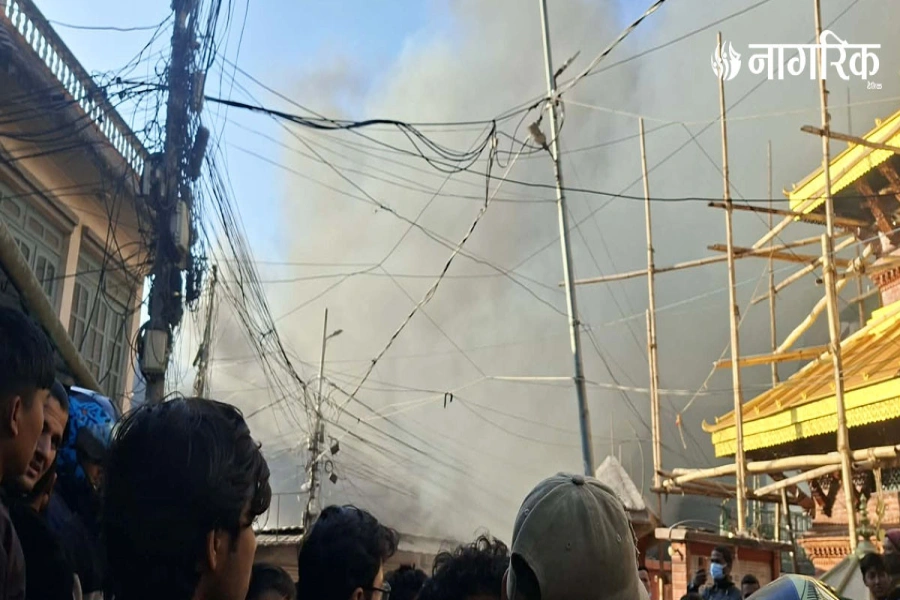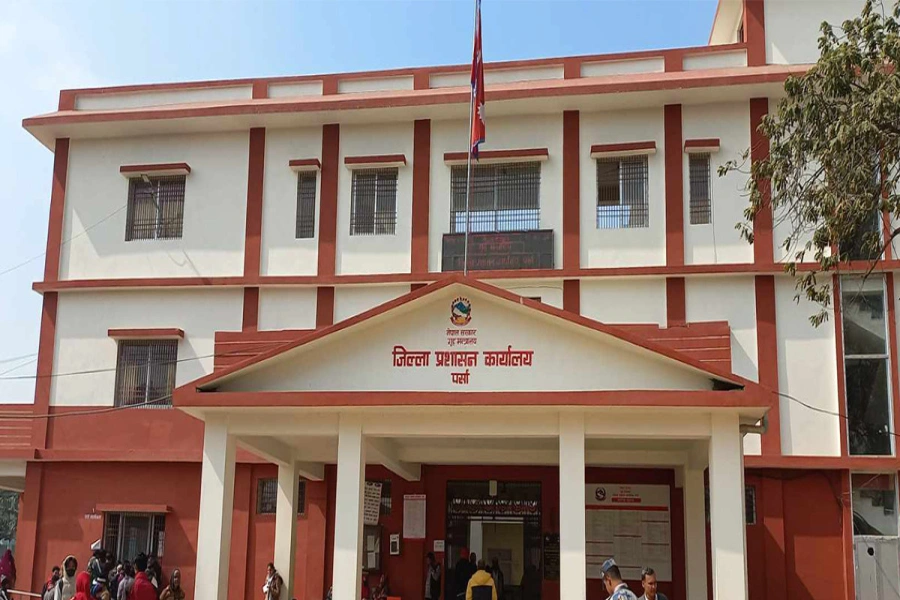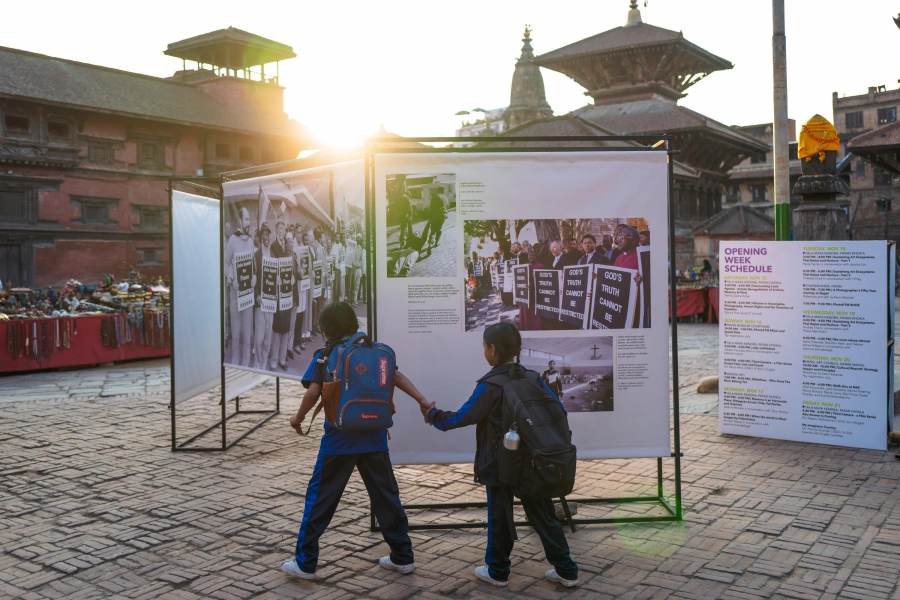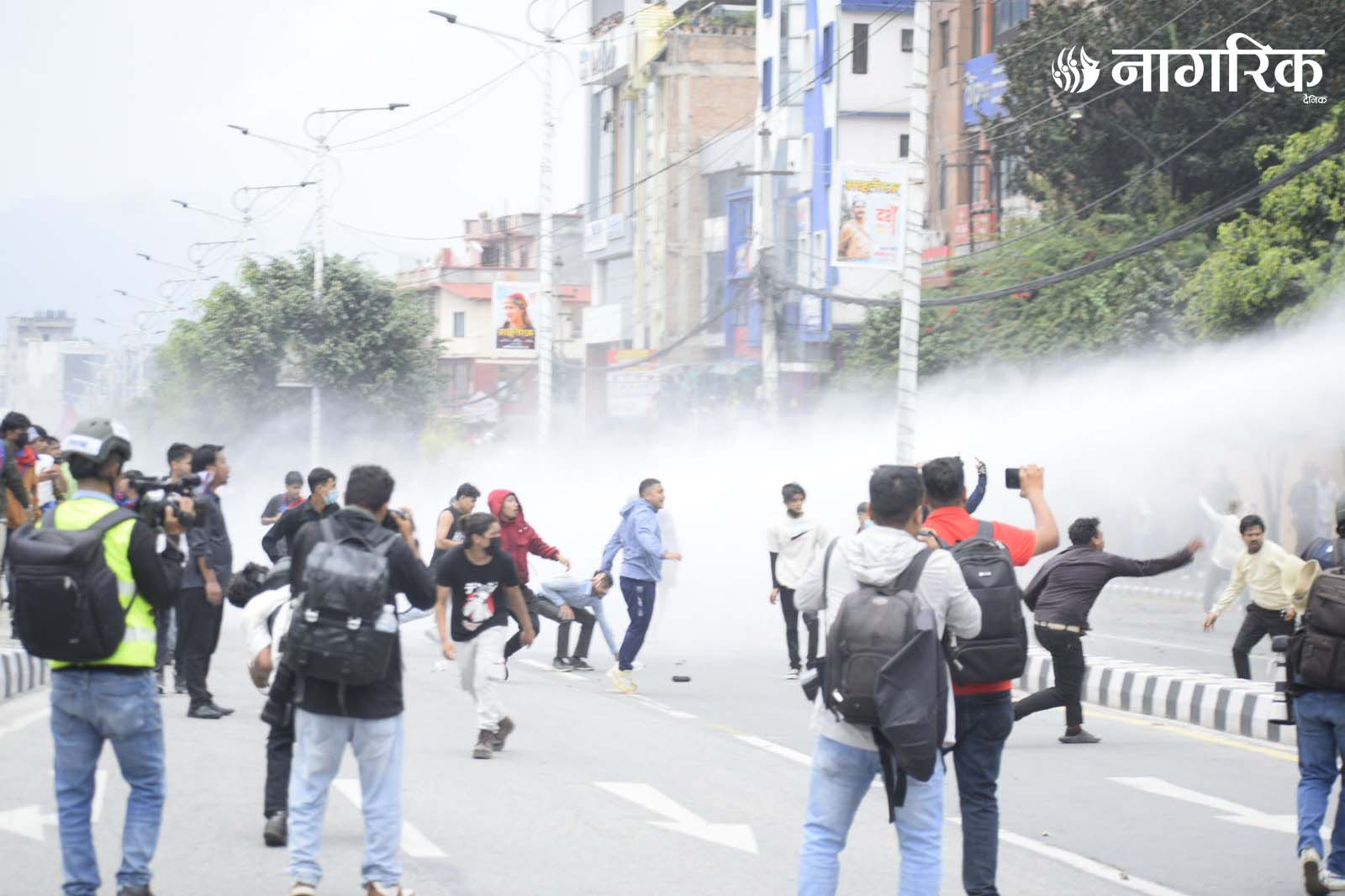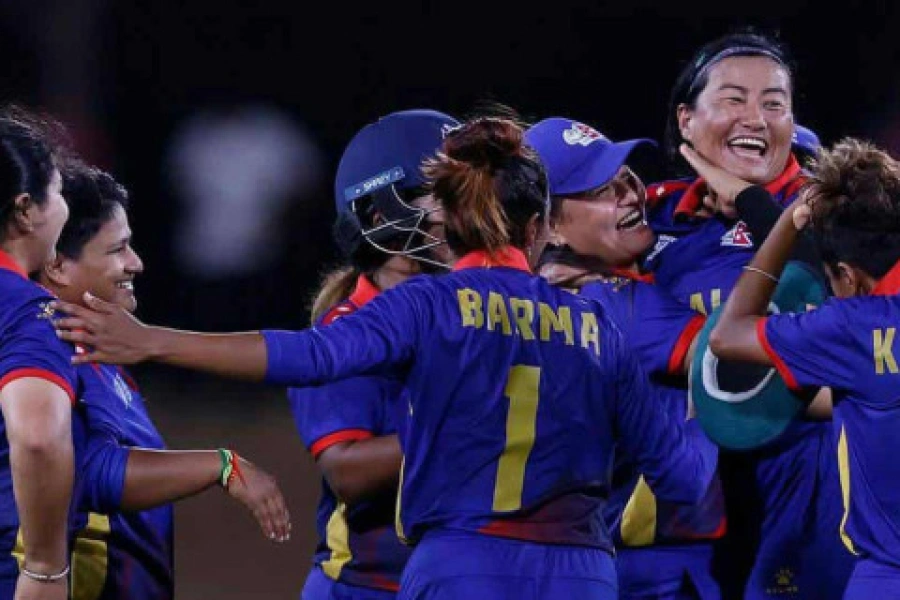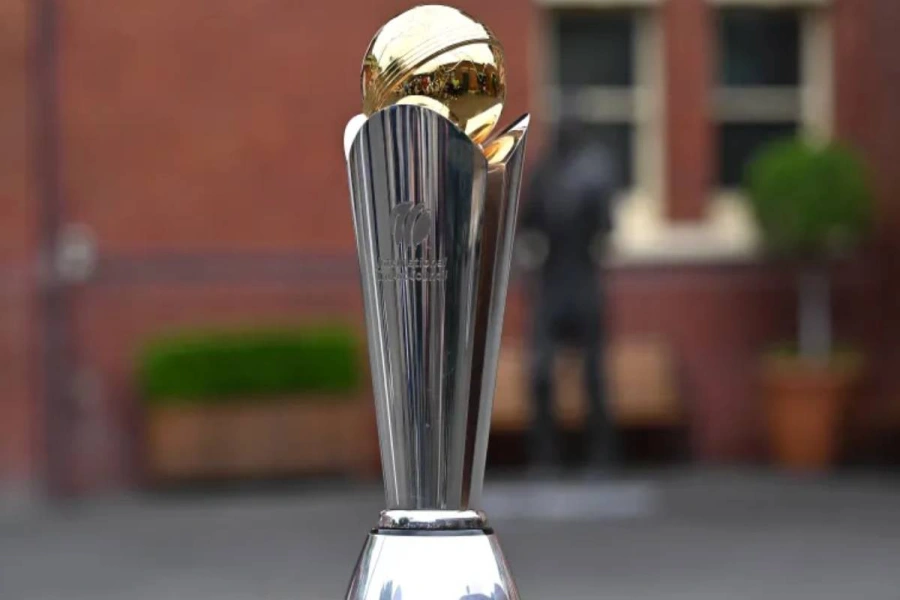Rato Matsyendranath, revered as Bunga-dya or the "God of Bungamati," holds a unique distinction in Nepal as the only deity with two primary temples of residence, located in Bungamati and Patan within the Kathmandu Valley. This Newar Buddhist deity, a manifestation of Padmapani Avalokitesvara Karunamaye, the bodhisattva of compassion, rotates between these temples every six months, a practice that underscores its profound cultural and religious significance. The primary temple in Bungamati is considered the deity’s original home, while the Patan temple serves as a secondary residence, particularly during the grand annual jatra festival. This festival, the most prominent of its kind, draws devotees from across the valley, symbolizing the deity’s journey and blessings. The rotation reflects the deep historical and spiritual connection between Bungamati and Patan, reinforcing communal ties and the cult’s enduring legacy in Newar society.
Historical Origins of the Rato Matsyendranath Cult
The cult of Rato Matsyendranath is likely the oldest among the four Lokesvaras in the Kathmandu Valley, with other cults, such as those of Jana Baha and Seto Matsyendranath, possibly deriving from or imitating it. Historical records consistently refer to the deity as Bunga-dya, a name that underscores its association with Bungamati, a Newar farming village six kilometers south of Patan. The exclusive right of Bungamati’s priests to serve in both the Patan and Bungamati temples further supports the argument that Bungamati is the deity’s original home.
The Annual Jatra Festival
The Rato Matsyendranathjatra is the most prominent festival associated with the deity, surpassing other Matsyendranath festivals in scale and regional participation. Unlike the predominantly local festivals of other Lokesvaras, the Rato Matsyendranathjatra attracts devotees from throughout the Kathmandu Valley, underscoring its cultural and religious significance. The festival involves a grand procession of the deity’s image, which is temporarily moved from its temple, symbolizing the deity’s journey and blessings across the region.
The Rato Matsyendranathjatra focuses on communal participation and historical continuity. The festival’s prominence reflects the cult’s deep roots in theNewar society, where it serves as a unifying event that reinforces social and religious bonds.
Exploration of petroleum products will be carried out within tw...

Bungamati Temple
The RatoMatsyendranath temple in Bungamati is a rare example of a freestanding sikhara-style Buddhist temple in the Kathmandu Valley. Situated at the southern edge of the village, it stands within an open courtyard bordered by traditional homes and religious rest houses. A long flight of stone steps, guarded by a pair of lion statues—one inscribed in 1943 (2000 B.S.) to mark past restoration—leads to the temple. Severely damaged during the 2015 earthquake, the temple is currently being rebuilt to replicate its original design.
The temple rests on a two-level plinth, with the upper level approximately four and a half feet above ground. The sanctum, constructed from stone, is surrounded by a narrow veranda supported by stone pillars and a large wooden beam. The deity’s image is positioned just inside the sanctum’s door, which is adorned with a brass repousse torana depicting Padmapani Lokesvara in the samabhanga pose, flanked by two seated figures. Additional toranas and brass work, including representations of the eight auspicious signs (astamangala), embellish the temple’s exterior.
The sikhara spire rises to about thirty feet, crowned by a golden gajur and a five-fold golden umbrella. Four large symbols associated with Vishnu—chakra, gada, padma, and sankha—are attached to the spire, an unusual feature given the deity’s Buddhist identity. Eight smaller sikharas, each with a golden gajur, surround the main structure, enhancing its architectural grandeur.
The temple complex includes the nearby Luta Baha, a courtyard with a late Malla-era shrine known as Amaravatipura Mahavihara. This baha serves as the official monastic center for the sangha of Bunga-dya, with many Vajracarya families residing in the vicinity. An octagonal votive stupa dated 1709 (829 N.S.) and an inscription from 1911 (1031 N.S.) highlight the site’s historical significance.
Patan Temple
The secondary temple in Patan, while deeply significant in the cultural fabric of the region, is overshadowed historically by the Bungamati temple. It serves as a temporary sanctuary for RatoMatsyendranath, a deity venerated as the rain god in Hinduism and Padmapani Lokesvara in Mahayana Buddhism, during specific rituals and festivals, most prominently the lively jatra procession that draws thousands of devotees. This unique dual-temple system is a rare feature in the Kathmandu Valley, distinguishing Rato Matsyendranath from other deities like Ganesh, who, despite having multiple temples, do not have specific images with two dedicated residences. The Patan temple, adorned with intricate Newar architecture, exudes a serene spiritual ambiance, playing an essential role in these ceremonies. It complements the primary Bungamati temple, together enriching the valley’s vibrant religious traditions and showcasing the deep syncretism of Buddhist and Hindu practices.
Cultural and Social Significance
Located in Nepal’s Lalitpur District, Bungamati is a historic Newar village about 6 kilometers south of Patan. According to the 2011 census, it has a population of approximately 5,720, primarily Newars, alongside smaller groups of Brahmins, Chhetris, and Tamangs.
The people of Bungamati are deeply connected to both Buddhist and Hindu traditions, with their daily lives and social activities revolving around religious practices and festivals. A key focus is the worship of local deities like Bunga-dyo, also known as Rato Machhindranath, who is revered as a rain god in Hinduism and as Padmapani Lokesvara in Mahayana Buddhism. The annual Rato Machhindranath chariot procession stands out as a major event, uniting various village communities in celebration.
Bungamati’s social structure is organized into “thars” or clans, each with distinct roles and duties. Prominent clans such as the Sakya, Maharjan, and Tuladhar play active roles in religious ceremonies and community governance, maintaining traditional rituals and safeguarding the village’s cultural heritage.
The deity is known by various names among devotees, including Karunamaya, Avalokitesvara, Lokesvara, and Loknath, though Bunga-dya remains the most common. The name Matsyendranath is primarily used when addressing non-Newars, reflecting the cult’s deep integration into Newar identity.
Conclusion
Rato Matsyendranath, or Bunga-dya, remains a cornerstone of Newar Buddhist culture in the Kathmandu Valley. Its historical roots in Bungamati, dual-temple arrangement, and vibrant jatra festival highlight its unique place in the region’s religious landscape. The architectural splendor of the Bungamati temple, combined with its cultural and social significance, underscores the enduring legacy of this deity. Despite challenges of preservation, the cult continues to thrive, drawing devotees and reinforcing the communal bonds of Patan and Bungamati.





